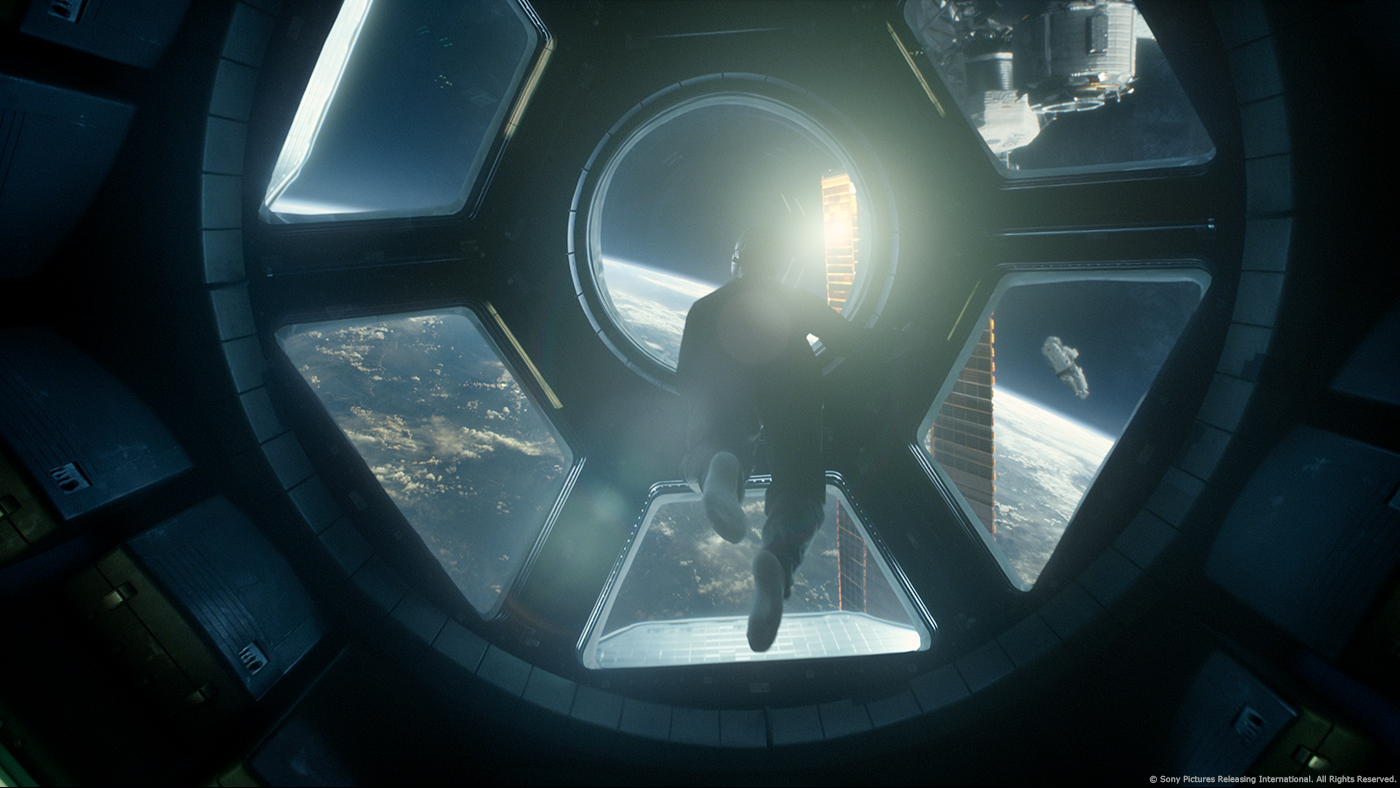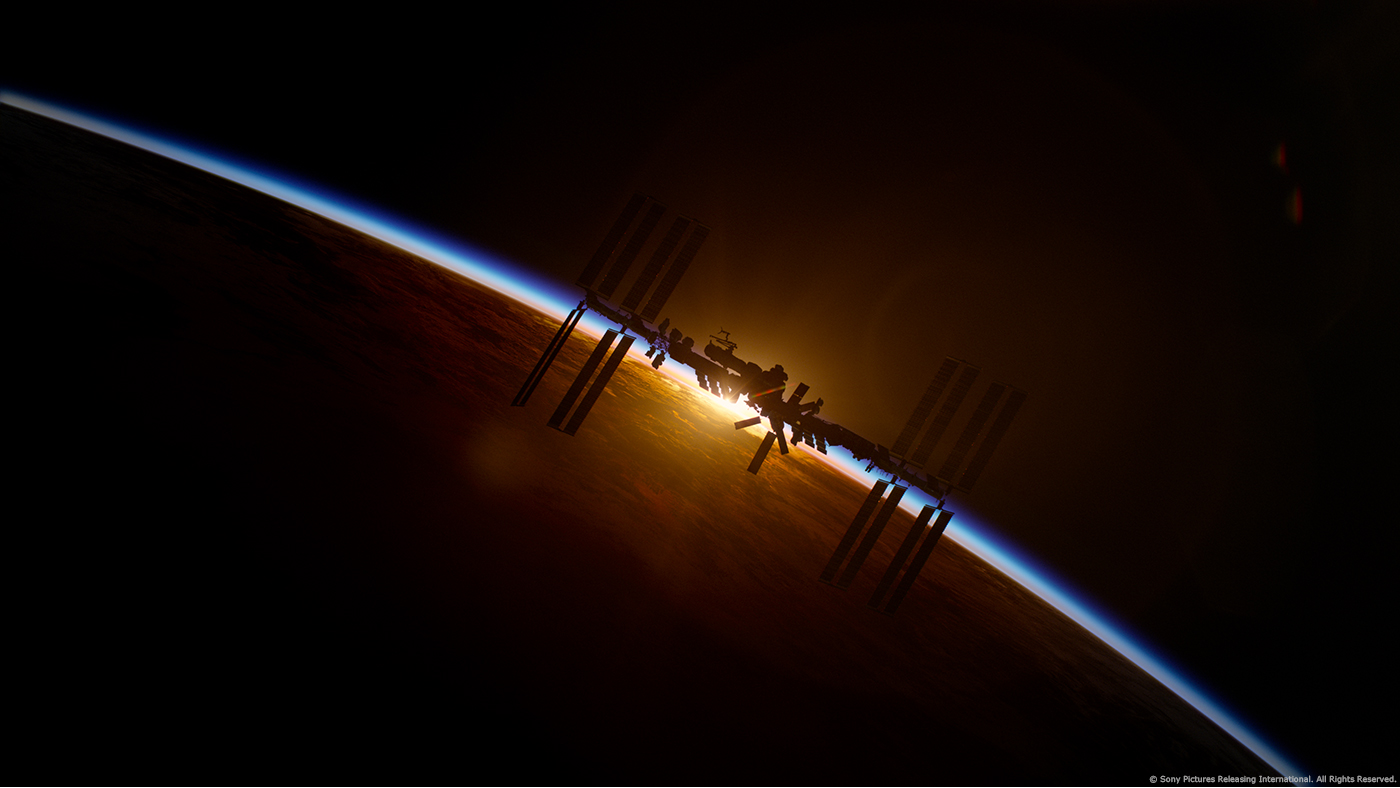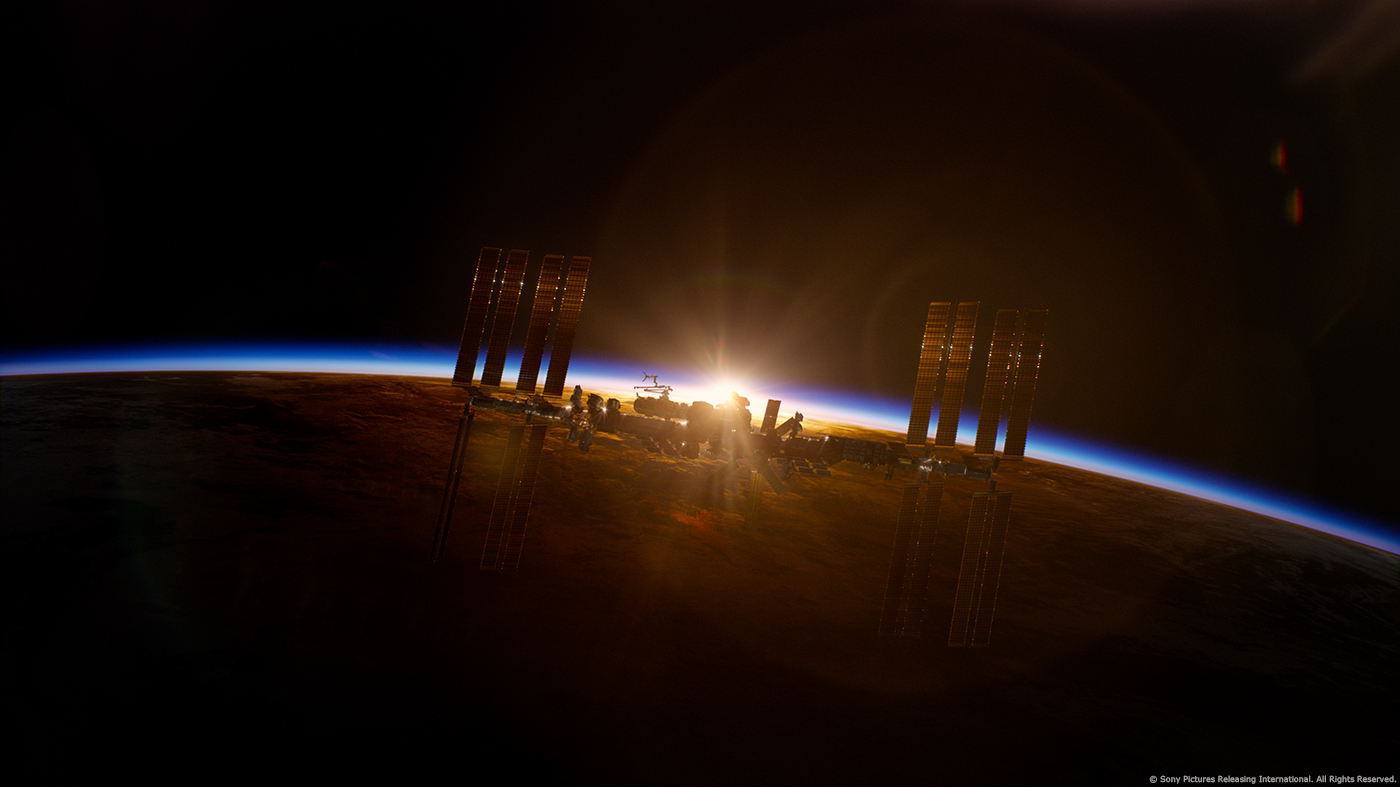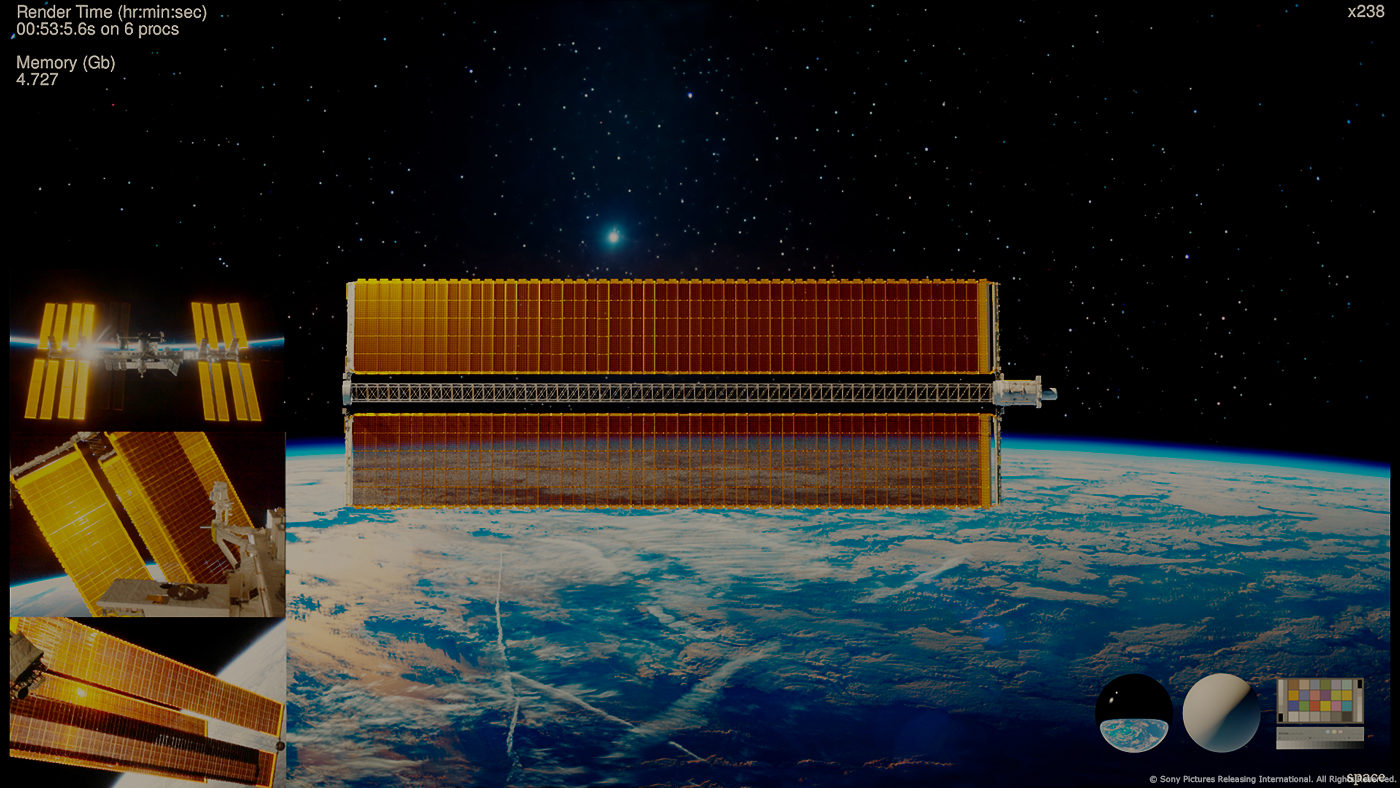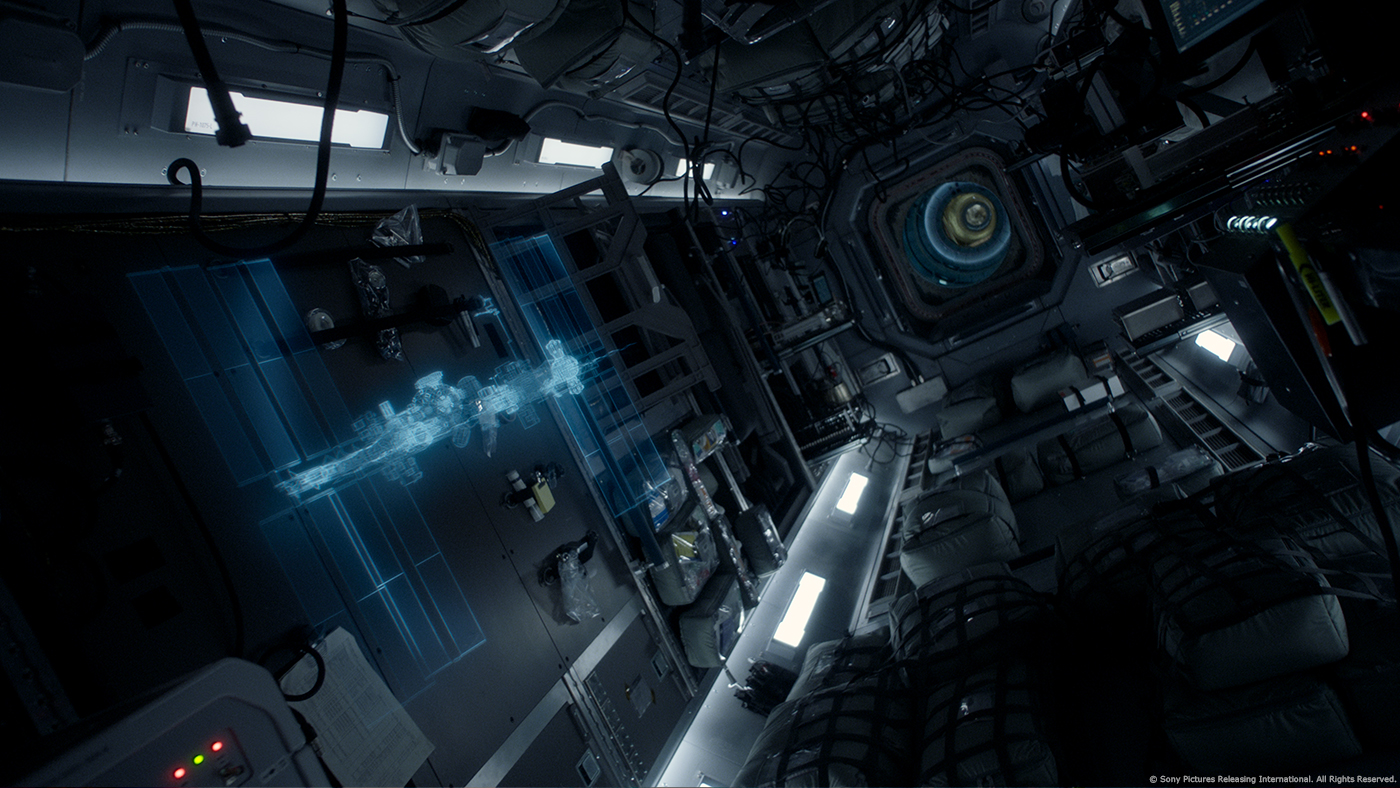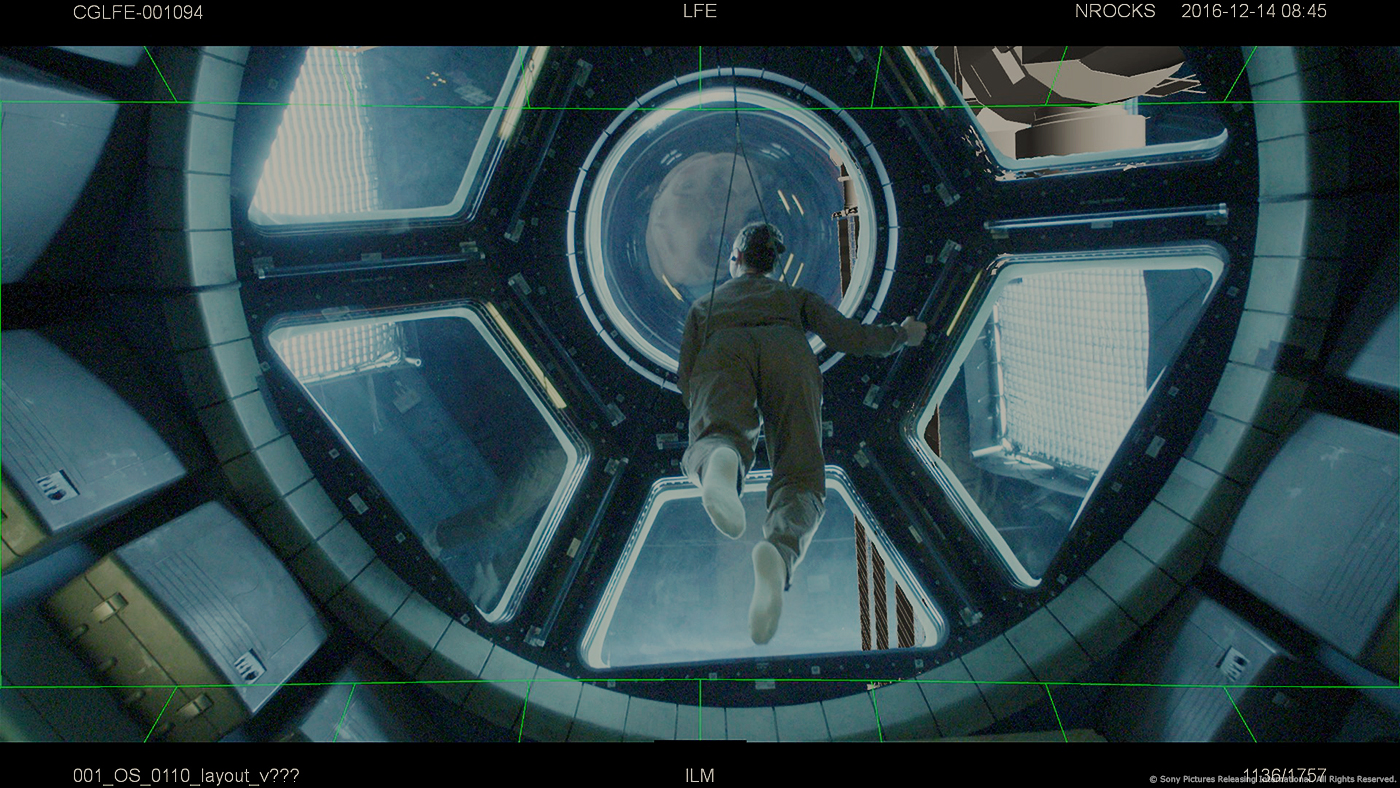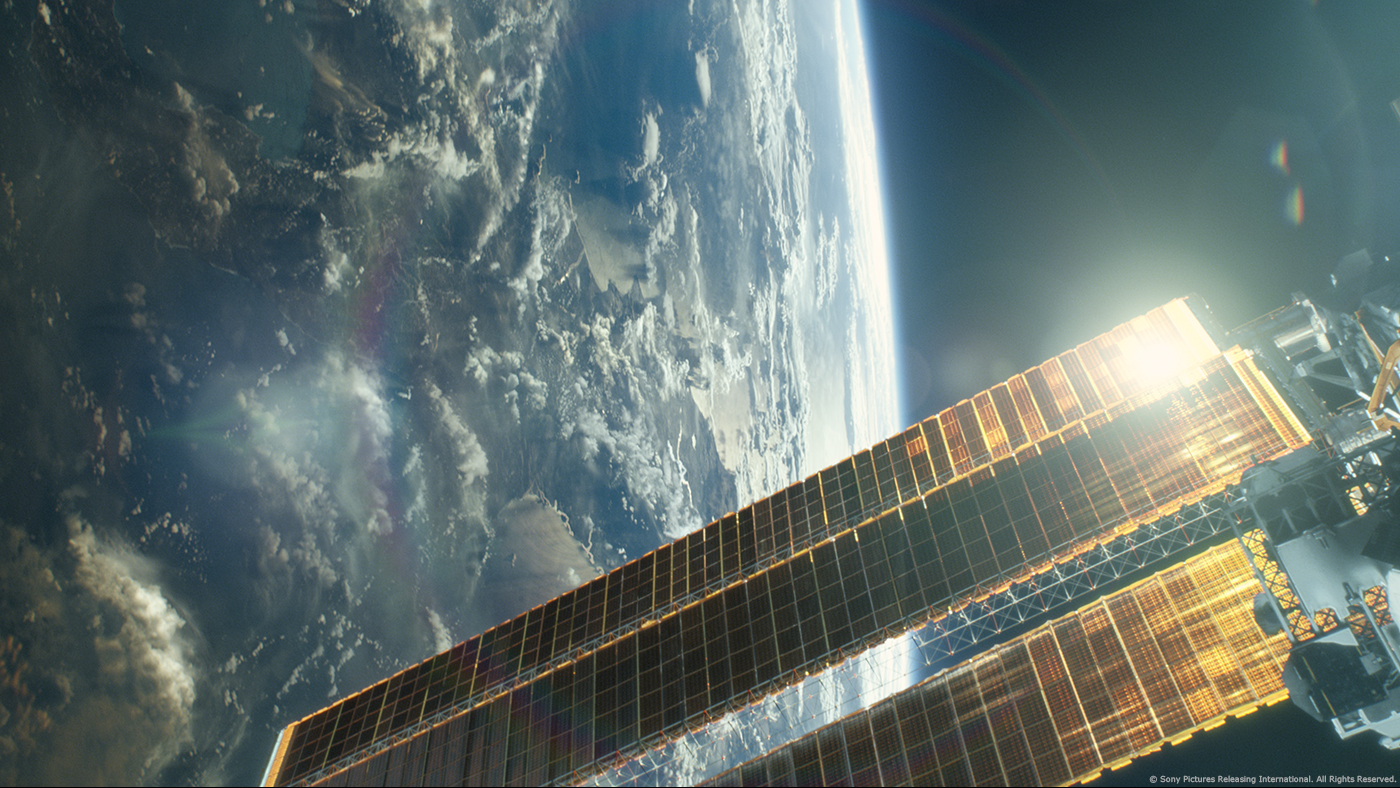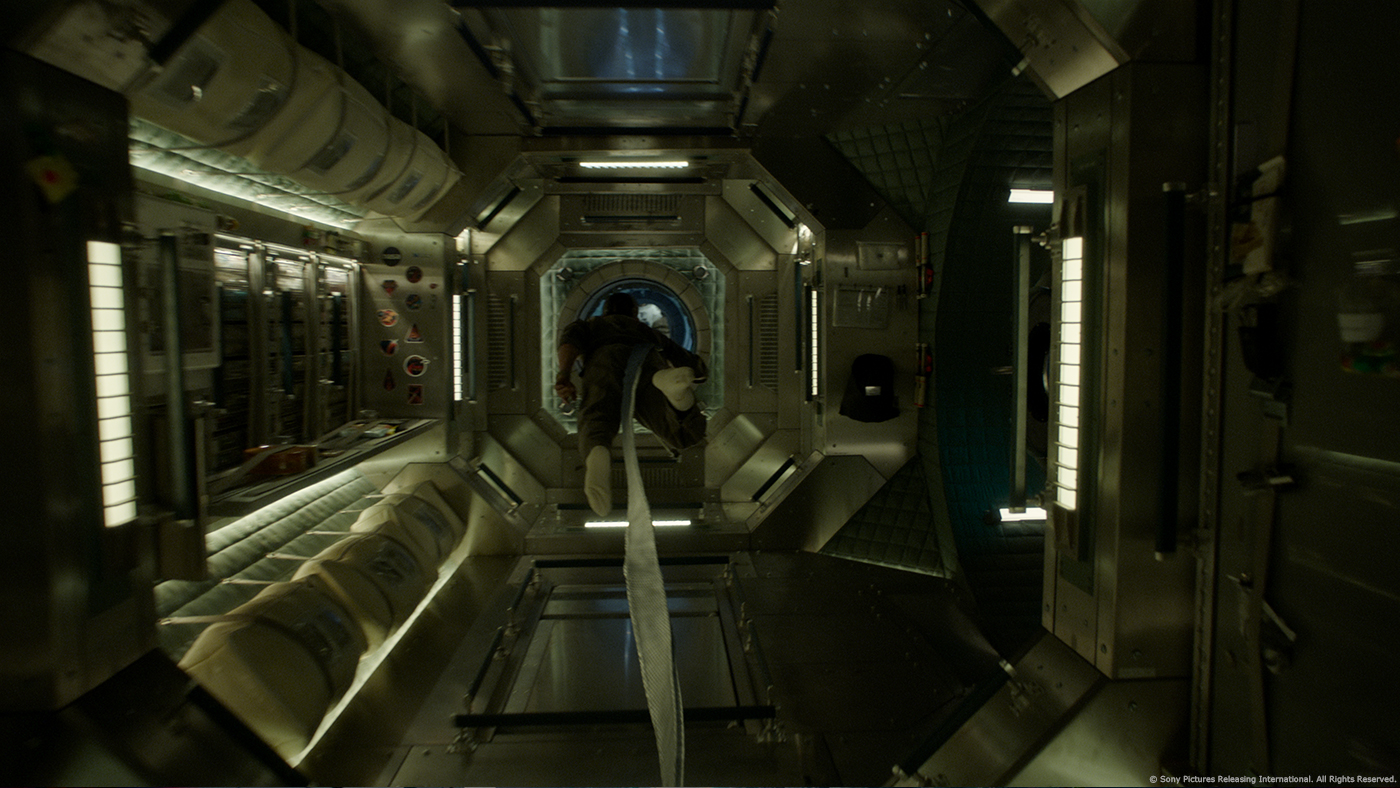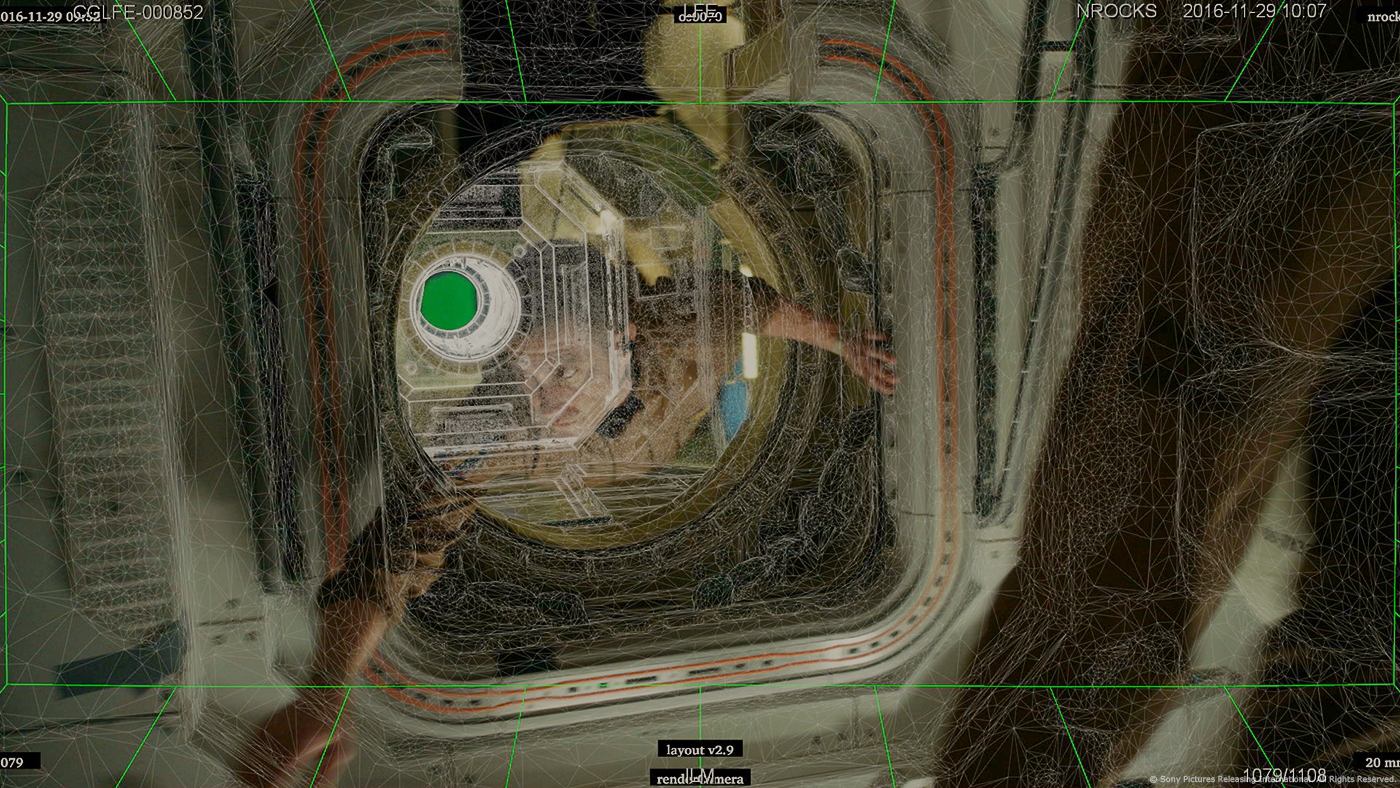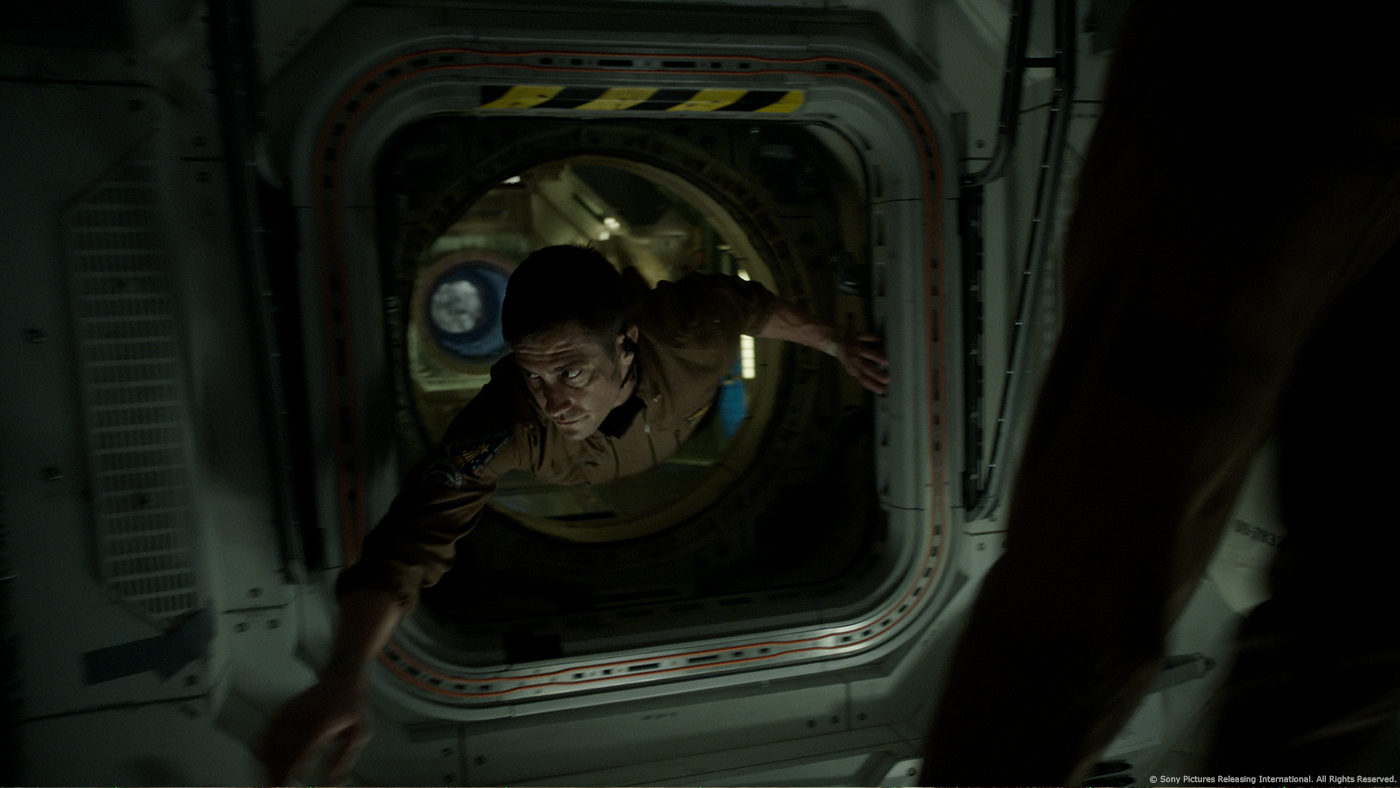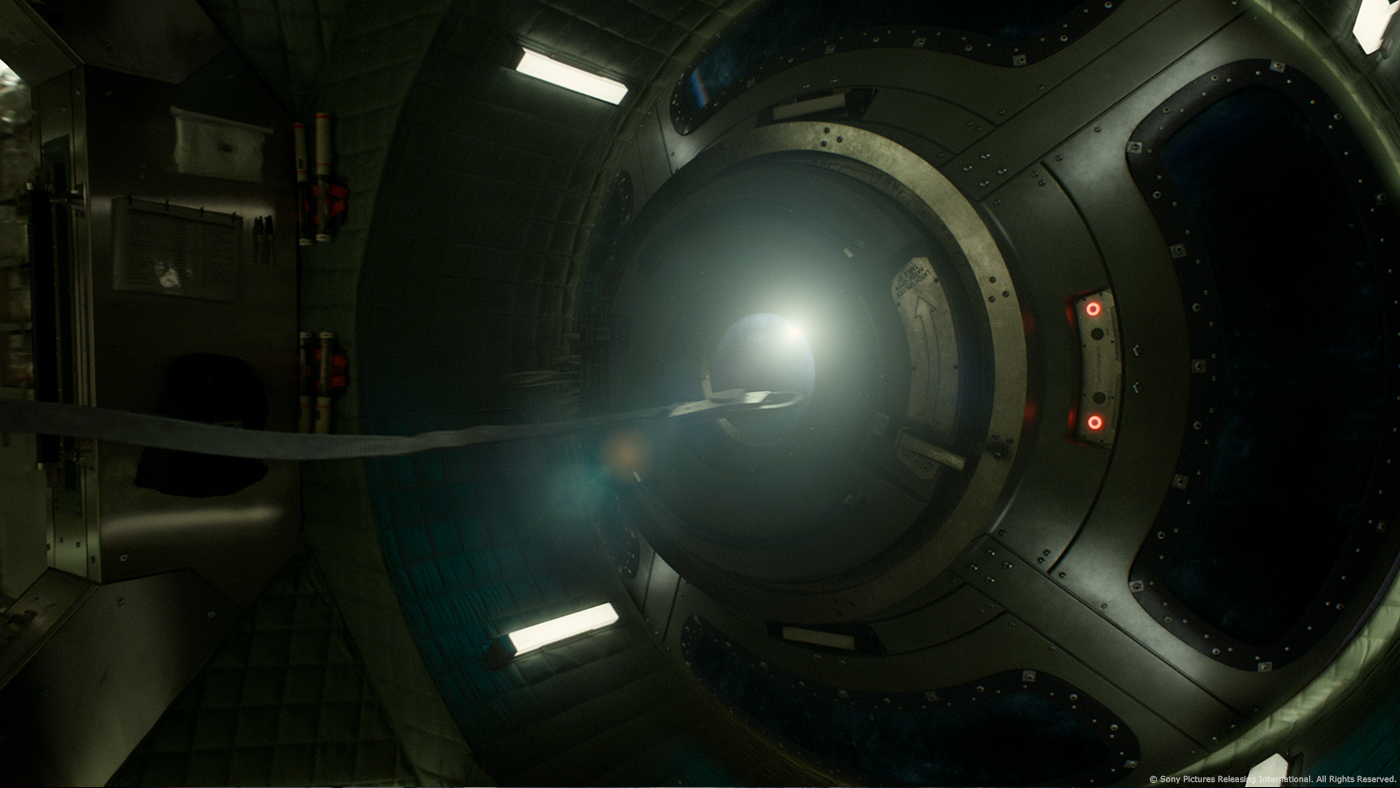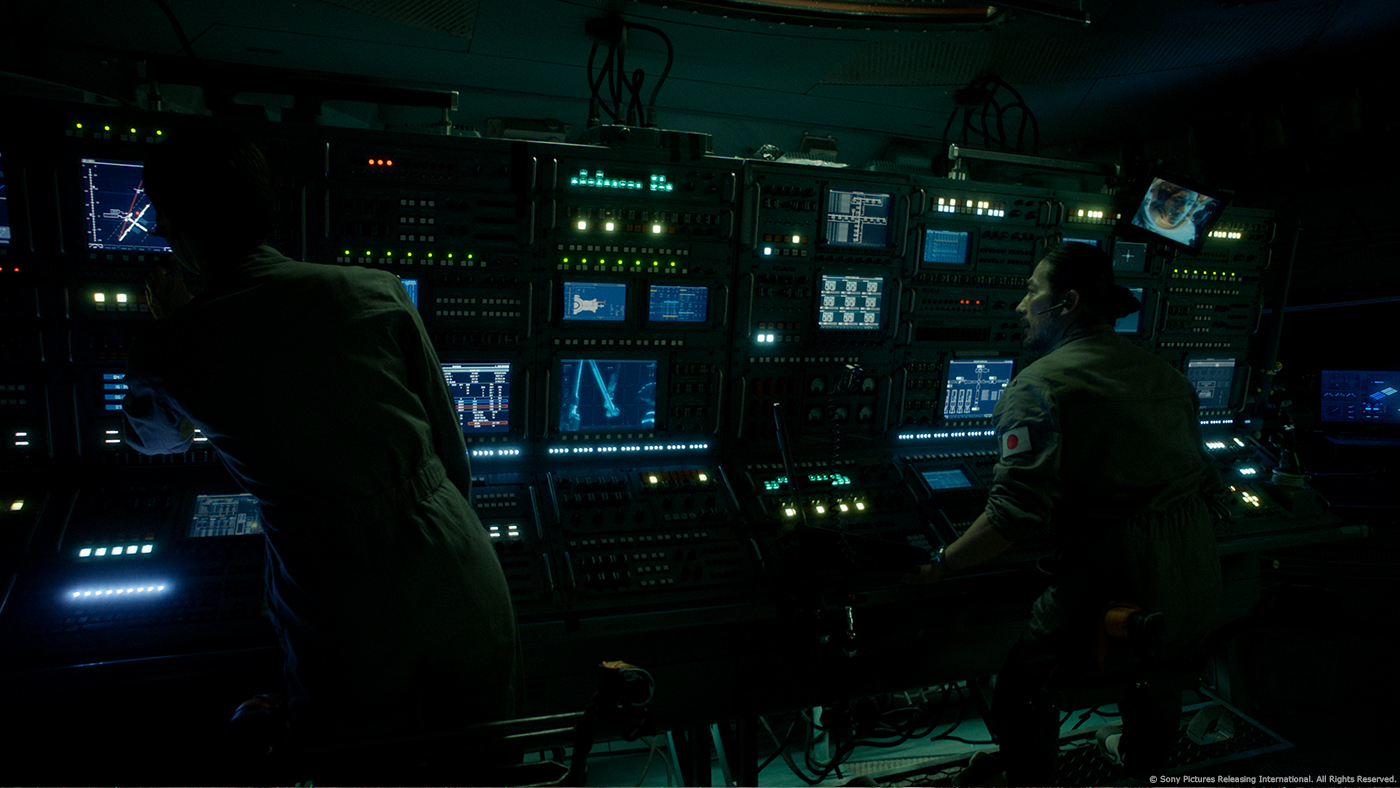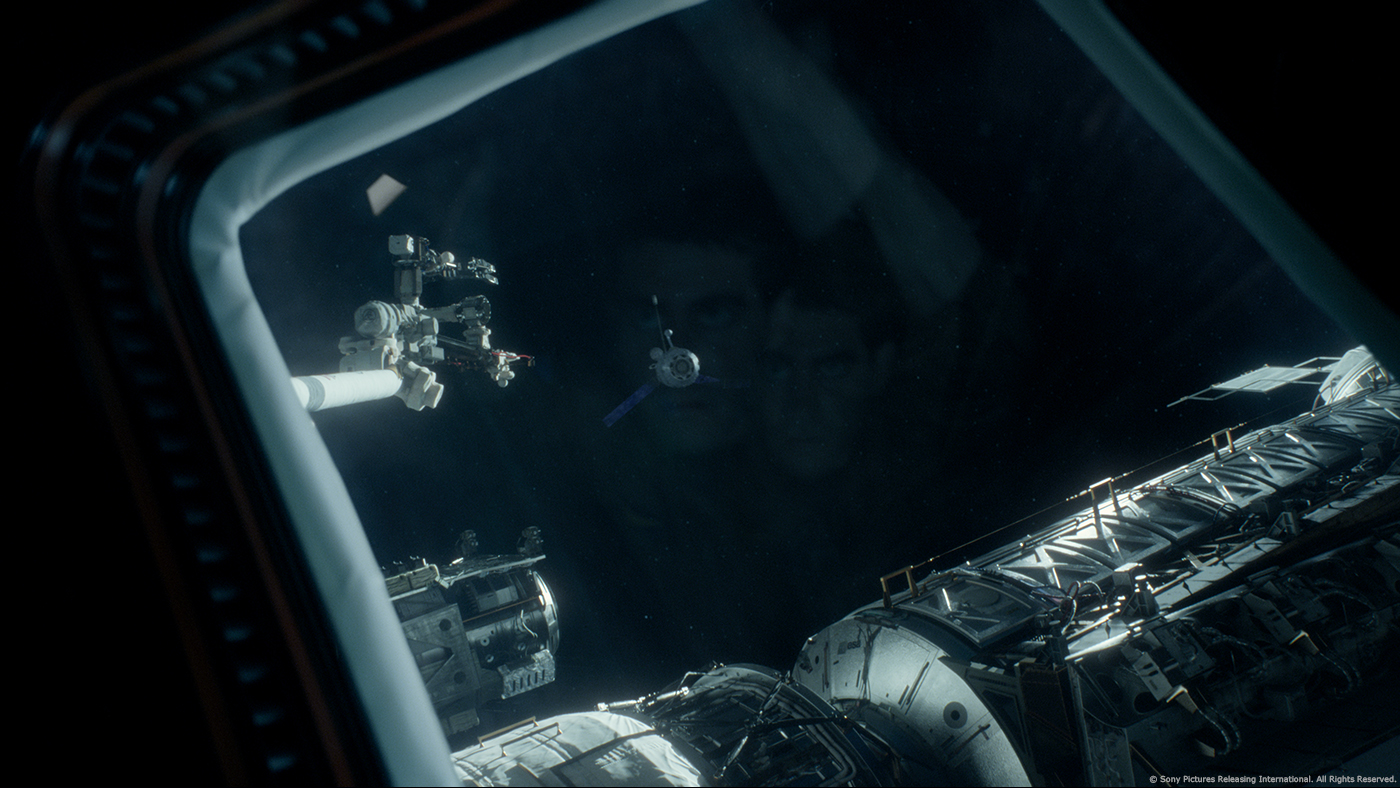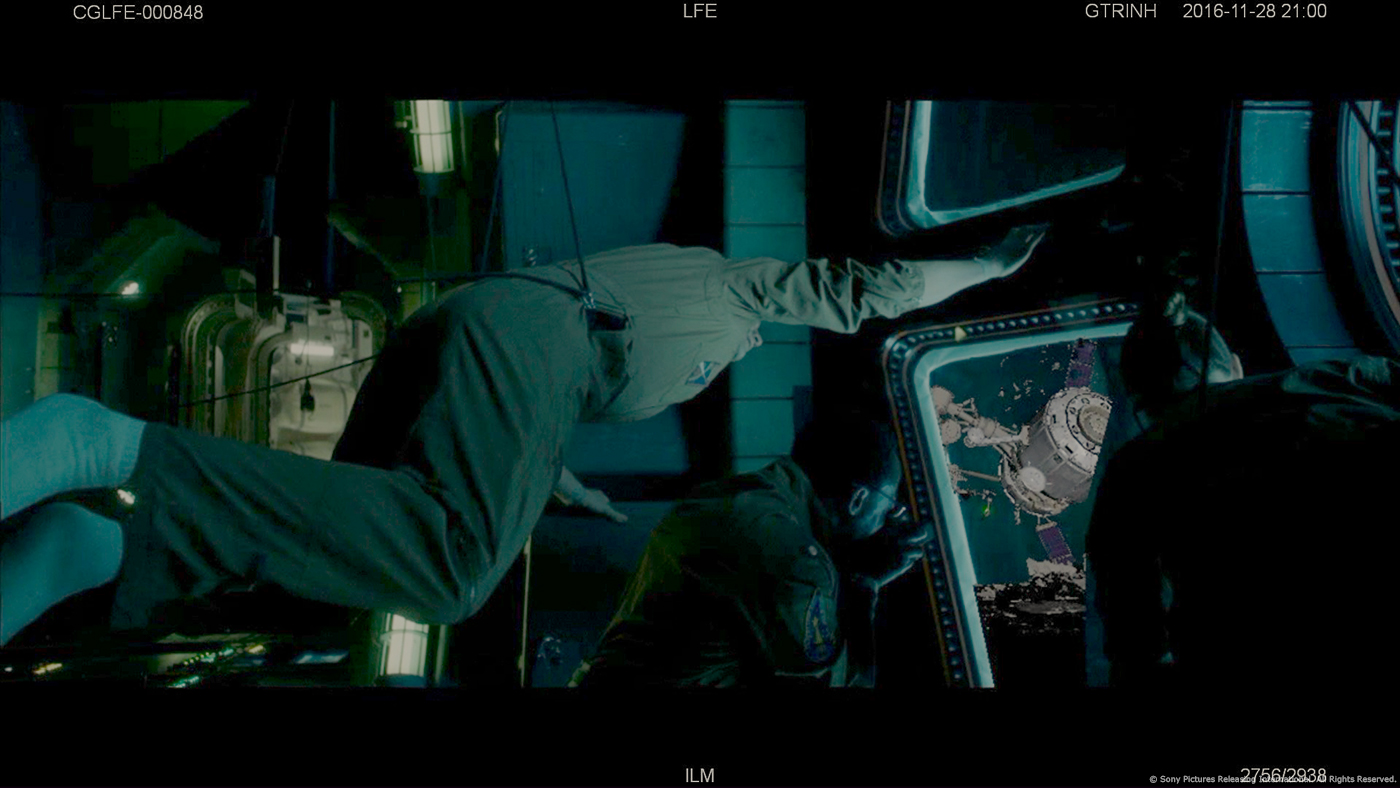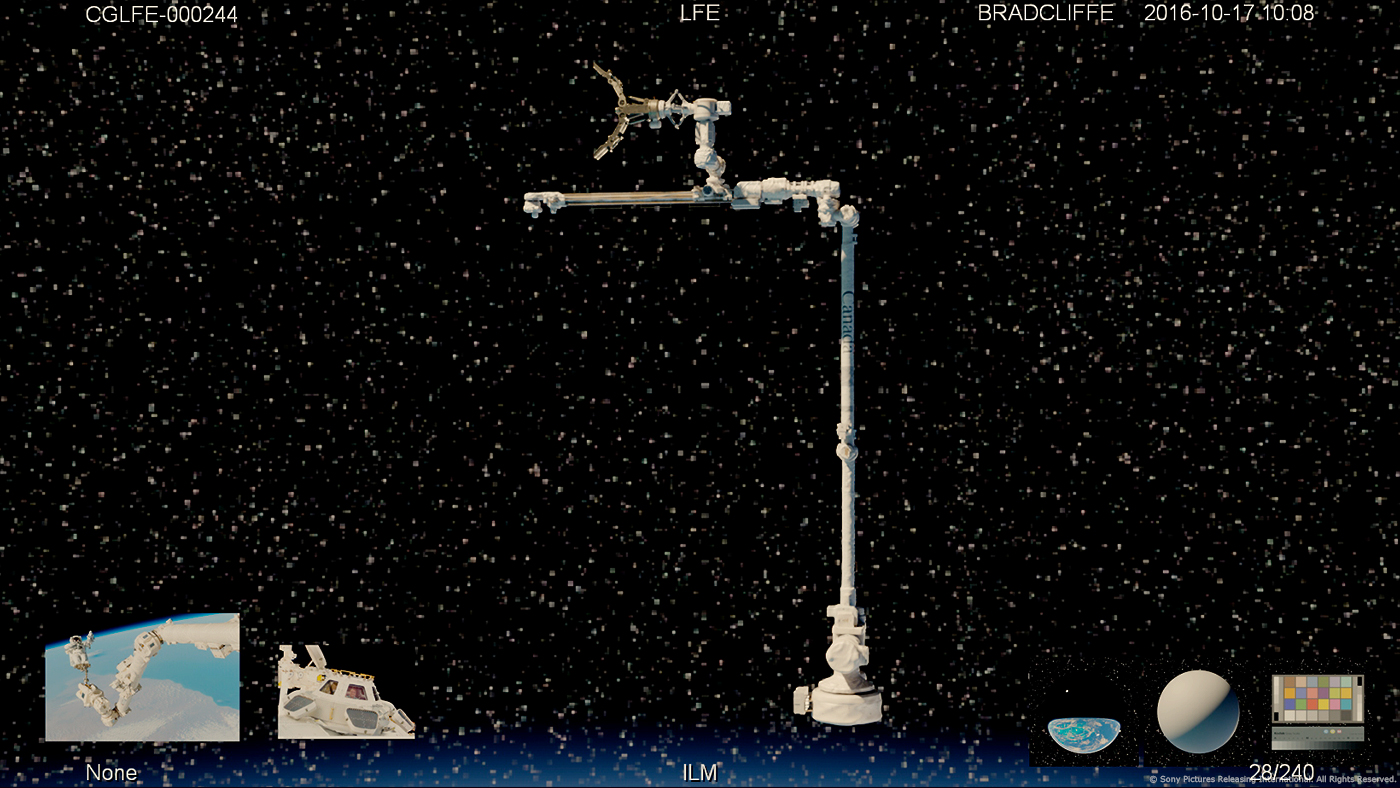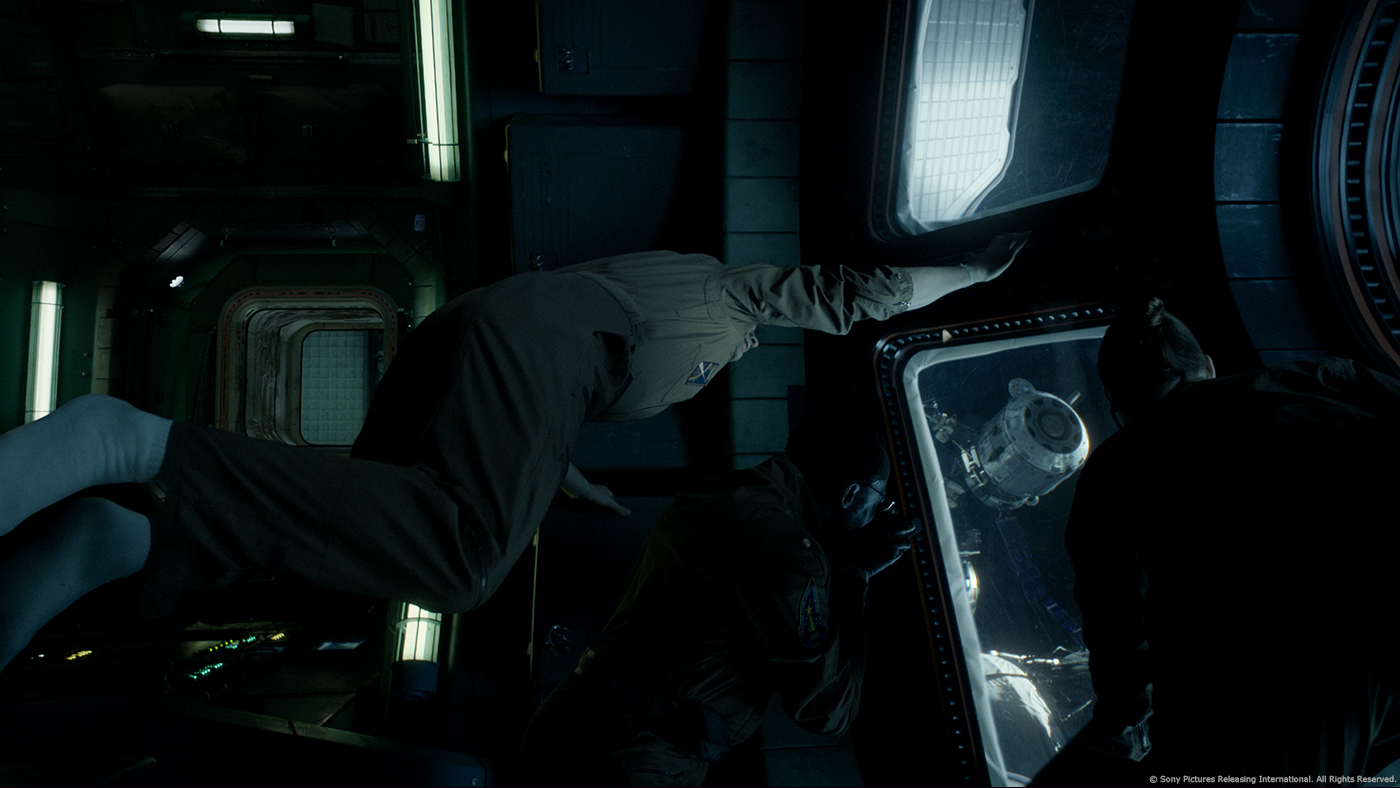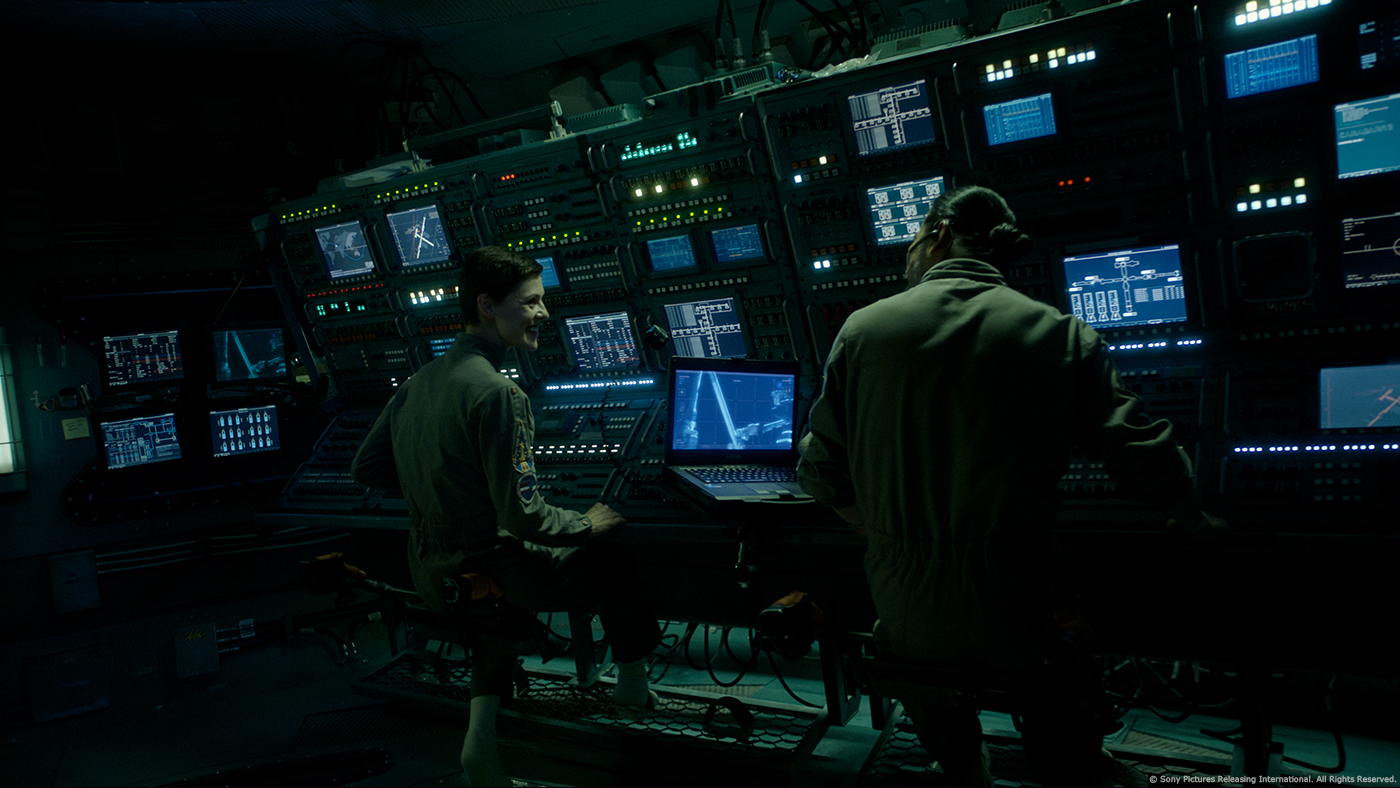In 2015, Mark Bakowski explained to us the work of Industrial Light & Magic on SPECTRE. He then took care of the effects of DOCTOR STRANGE. He talks to us today about his work on the beautiful continuous shot on LIFE.
How did you get involved on this show?
We joined after photography and previz were complete, so a little later than usual. Our role was in shot execution only.
How was the collaboration with director Daniel Espinosa and VFX Supervisor John Moffatt?
John and Daniel were great! If more clients were like Daniel the VFX world would be a better place. He uses phrases like ‘please’ and ‘thank you’ – and he means them! However the person we had most contact with and who looked after our work was Giles Harding. Giles is a true gentleman and was fun to work with, I hope to have the chance to do so again.
What was their approaches and expectations about the visual effects?
Daniel was new to VFX but with John and Giles help he soon felt at home. Daniel ended up taking quite a naturalistic approach to how our shots were constructed. He allowed time and space for the camera to move, and he wasn’t afraid of an empty frame. He wanted the work constructed as if shot for real, so it’d take this long for a camera to turn around in a confined space, that’s the way we went and the time we took. This paid off for the measured pacing of the introduction.
What are the sequences made by Industrial Light & Magic?
ILM San Francisco worked on a 1000 frame opener, where we see the sun rise and reveal the ISS, whilst London worked on a 10,000 frame establisher with the ISS.
How did you approach the beautiful long continuous shot?
The continuous shot was made up of 17 different plates, shot on partial sets-none of it motion control. We treated each component plate as a shot in its own right, adding set extensions, wire removals, floating props, etc… Then a parallel task was stitching the results together into the big super shot. With joining the plates together we went to digi-doubles on four of them–using the presence of the character to keep it alive and the energy up.
The environments joins were a mixture of full cg, re-projection of plate photography with plenty of matte painting touch up – and plenty of floating props and lens flares mixed in at regular intervals to add a little interest and spice. Sometimes the inherent plate camera move was so extensive and significant that rebuilding and re-projecting to make the join work wasn’t the most logical solution- in this case we added hero floating props to post justify the camera move and ‘lead it’.
How did you create the ISS station and the Earth?
The ISS was a Double Negative asset that we look dev’d and matte painted on top of. The Earth was a Terragen first few passes with lots of loving dmp on top. The part of the Earth we looked at was very quickly agreed to be the boot of Italy (our env artist was Italian!).
Did you share assets with the Double Negative teams such as digi-doubles?
We took their ISS and their satellite and worked them up for our shots.
How many cuts compose this long shot?
There’s no cuts! But there are 17 plates and various cg only sections. As well as the exteriors some parts of the ISS interior are full re-projection as the director wanted to change the camera move in retrospect.
Which transition was the most complicated to create and why?
Probably the transition where the tether passes in front of the airlock near the start. Animating the tether to look zero G and still work with our plates on A and B side, plus tell the required story was challenging. You could get two right but then the 3rd would feel wrong!
How did you use your experience on the long continuous shot in SPECTRE for this one?
We locked down any and all retimes at the start. Timing was dialled in as early as possible – and left alone! On SPECTRE a retime was added which caused us no end of artefact pain.
At a moment, Ryan Reynolds is about to catch a satellite. How did you manage the animation of this part?
We had to marry zero G physics with a couple of key story points-one that it’s clear that Ryan Reynolds is outside the ISS manually controlling the arm, and two that the audience isn’t clear if the satellite has been successfully caught or not initially and if he’s survived. We posed an exterior RR appropriately in the run in to signal his presence in the zone to sell this, and scooted him off camera for the catch to confuse matters of his survival.
The speed of the approaching satellite was certainly an issue, it had to look appropriately fast and exciting, yet plausible the Canada Arm on the ISS could catch it. We played a lot with posing the arm so it was clear that ‘micro adjustments’ were being made to it’s pose on multiple axis, but had to balance the size of any one of these with selling the scale of the thing.
What was the main challenge on this show and how did you achieve it?
The length of the big 10,000 frame shot made every iteration like turning around an oil tanker! We broke it down into subsections of course to work around this but of course we wanted to regularly sanity check the whole thing. Just generating the appropriate media for client delivery was an epic quest!
What is your best memory on this show?
The director asking me to ‘look into my heart’ and see if we could improve a component of the ISS detail. A very poetic bit of feedback.
How long have you worked on this show?
Approx. four months.
What was the size of your team?
Went up and down but all in maybe 50 people involved over the course of the show.
A big thanks for your time.
// WANT TO KNOW MORE?
Industrial Light & Magic: Official website of ILM.
© Vincent Frei – The Art of VFX – 2017

